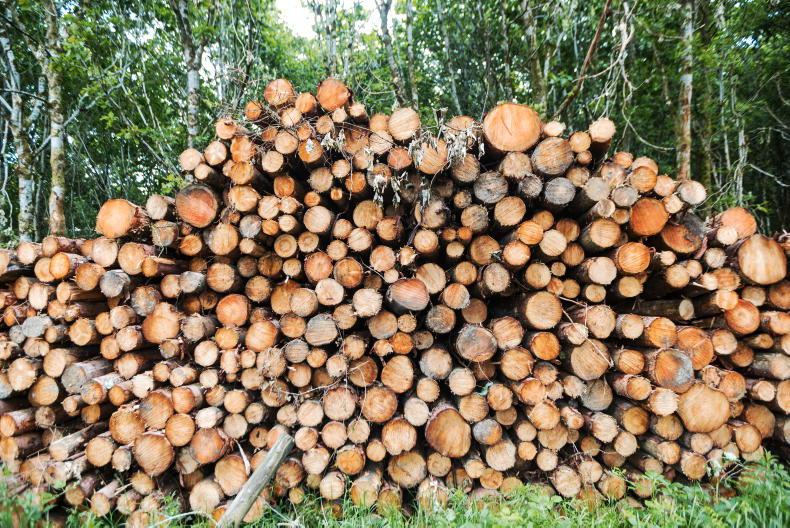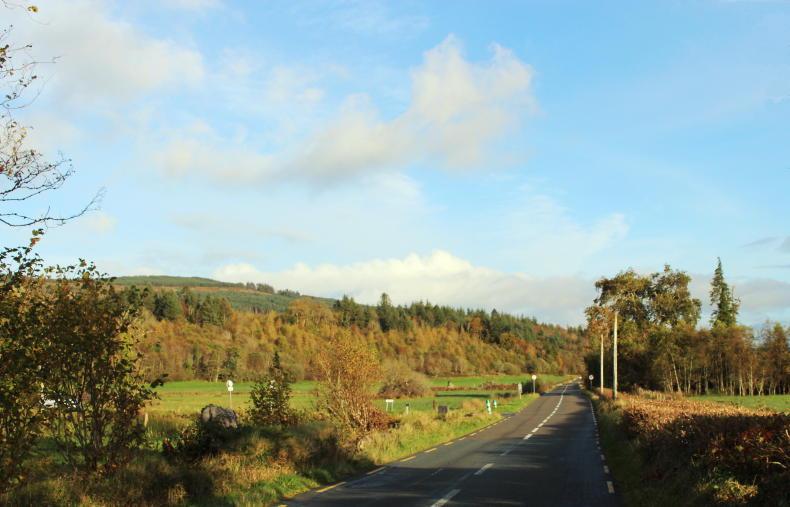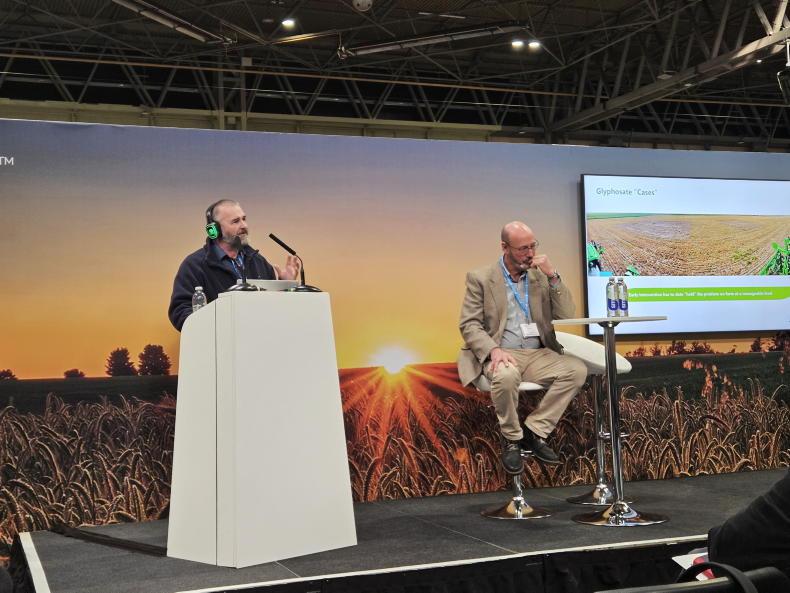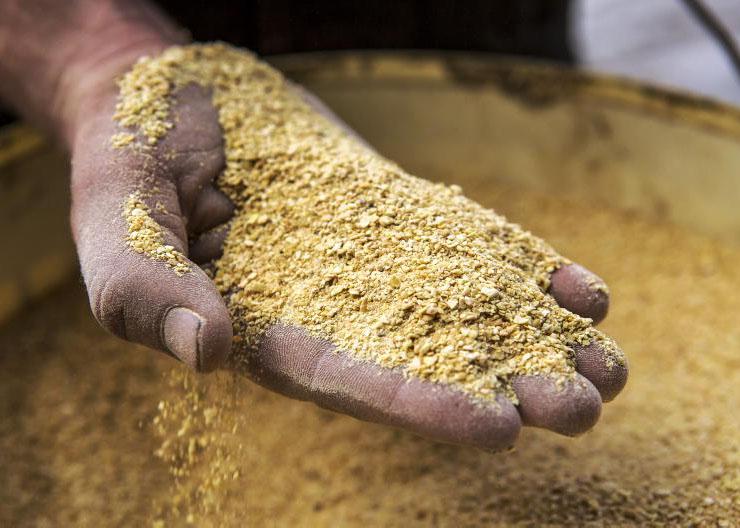Since late 2019, forestry licences issued by the Department of Agriculture, Food and the Marine have decreased, leading to a dramatic fall in afforestation, harvesting and roading programmes.
As a result, forestry companies have laid off staff and sawmills have increased log imports to fill the timber shortfall. In addition, some harvesting contractors are out of work and since 2019, nurseries began exporting plants originally intended for the Irish afforestation programme.
Legislative changes, increased Department staffing of foresters and ecologists as well as increased resources to the Forestry Appeals Committee (FAC) towards the end of last year raised expectations that the forestry programme could be brought back on track in 2021, especially as licence appeals have become more manageable.
Last quarter of 2020
“The last quarter of 2020 had an average of 280 new licences per month, which resulted in almost two million m3 of timber or 40% of the annual output issued,” said a Department spokesperson. “This increase is continuing into the first few weeks of 2021.”
He said there are some 4,500 licences at various stages of processing.
“The Department continues to invest heavily in new resources which is already showing results through a sustained increase in the number of licences issued per month recently,” he said.
A spokesperson for the Association of Irish Forestry Consultants (AIFC) disputed this assessment. He maintained that the performance of the Department is still extremely poor in issuing licences to private growers. “The biggest issue facing the private sector is that we have no idea of how long a licence application will take,” he said. “Most licences get caught up in ecology, for anything up to two years.”
Licence targets missed
Analysis of data presented by the Department shows that the target figure for licence approvals – referred to ecology – for August to December was 735, with 339 licences issued (Table 1).
The AIFC spokesperson said the Department targets represent a first step in addressing the licence backlog for the private sector. “These targets were decided by the Department but so far they have reached only 46% of what are modest targets,” he said.
“At this rate, the current backlog won’t be cleared for over three years, without taking into account the continuous flow of afforestation, felling and roading licences into the system.”
The Department maintained the emphasis in relation to felling licences is on volume rather than numbers as it is important to maximise the flow of timber to the sawmills. A Coillte spokesperson acknowledged the improvement in issuing felling licences but said “25% of our harvesting sites still need roading permits for access”.
The AIFC spokesperson said that most of the volume approved is from Coillte forests.
“The private forester and forestry companies along with the growers are being left aside while the Department focuses on volume, mostly from Coillte forests,” he said. “That would also explain why the FAC has been almost exclusively focusing on appeals that relate to Coillte licences over the past few months.”
He maintained most licences are now referred to ecology, and the issue is “the Department, despite its recruitment of 21 ecology staff, is only reaching 46% of its target”.
He said it would be easier to understand this poor performance if the targets “were excessive or had been those demanded by the industry, but these are the Department’s own targets”.
While the turnaround time of issuing licences, currently with the Department ecologists, is disappointing, the outturn for December 2020 (Figure 1) is up on the same period last year.
The outlook for 2021 should be more positive for both private growers and Coillte. In the first two weeks of January, 150 felling licences have been issued comprising 106 to Coillte and 44 to private growers, while 15 roading licences have been issued. The number of licences issued to the private sector also includes afforestation, which for December amounted to 13 approvals. This translated into only 89ha of actual planting.
Coillte and AIFC spokespersons agreed it is important to maximise both Coillte and private licence approvals. However, the AIFC spokesperson maintained felling licence volumes issued to Coillte are disproportionately ahead of the private sector. He acknowledged that this is partially due to economies of scale as Coillte sales provide much greater volumes per licence application.
Coillte is also in a position to supply Natura Impact Statements (NISs) which provide a green lane for licence approval but these – at up to €1,500 each – are proving too costly for small-scale private growers, mainly farmers.
The AIFC spokesperson said that the Department should consider increasing its 200 private sector licence monthly target for February and the remainder of the year. He maintained that a target of 400 licences should be achievable, which could be increased as ecologists become more familiar with the system.
This amounts to five licences issued weekly for each of the 21 new ecologists recruited by the Department. “This target shouldn’t be beyond the Department, especially for thinning licences, as this is a straightforward operation with major silvicultural and environmental benefits,” said the AIFC spokesperson.










SHARING OPTIONS